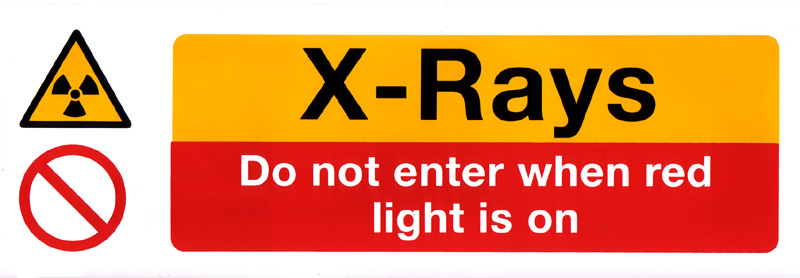
If you've ever visited a veterinary clinic, you've surely come across a variety of equipment fundamental to the medical care of our loved pets. One of the most usual, yet often undervalued, parts are the 'vet x-ray warning lights'. These warning lights have a significant part in ensuring the safety of both the veterinary staff and the animals in care. In this article, we'll delve deep into the world of 'vet x-ray warning lights' and probe their significance.
Understanding Vet X-Ray Machines
Before tackling the complexities of the 'x-ray warning lights', it's vital to understand the primary tool they are tied to - the x-ray machine. Veterinary x-ray machines give a chance to vets to gaze inside an animal's body. They can aid find bone fractures, tumours, foreign objects, and other internal concerns that might not be apparent from a physical examination alone.
However, as useful as they are, x-ray machines emit ionising radiation, which is harmful in overabundant amounts. That's where the 'x-ray warning lights' become crucial.
The Role of X-Ray Warning Lights in Veterinary Clinics
'X-ray warning lights' have a clear-cut yet essential function. They light up to alert when the x-ray machine is in operation, warning staff, visitors, and other animals to steer clear from the direct area. Here's why they're key:
Safety First: The primary role of 'vet x-ray warning lights' is safety. They affirm that anyone in the vicinity realises when possibly harmful x-rays are being emitted.
Preventing Unnecessary Exposure: Drawn-out exposure to x-rays can be damaging. By informing everyone in the vicinity, these warning lights do a important role in reducing any unintended exposure.
Legal and Regulatory Compliance: In various jurisdictions, including the UK, the use of 'x-ray warning lights' is not just recommended but a binding requirement. Veterinary clinics are forced to follow given safety protocols, with the use of warning lights being chief among them.
Choosing the Right Vet X-Ray Warning Lights
If you're a clinic owner or a vet looking to launch a new practice, it's vital to get top-notch 'vet x-ray warning lights'. Here's what to consider:
Visibility: Ascertain that the lights are luminous enough to be seen from a distance, even in well-lit environments.
Durability: Veterinary clinics are bustling environments. Buy warning lights that can withstand a bit of wear and tear.
Integration with X-Ray Machine: Some up-to-date 'x-ray warning lights' can be integrated with the x-ray machine to spontaneously turn on or off. Such integration adds an further layer of safety and convenience.
Maintenance and Checks
Consistent checks and maintenance of your 'vet x-ray warning lights' are imperative to guarantee they function rightly. A faulty light could result in unintended exposure. Check that:
Regular Inspections are Carried Out: Examine the lights daily before clinic operations get underway.
Replace Faulty Bulbs Quickly: Don't hang around for a bulb to die entirely. If you detect it lessening or flickering, it's time for a replacement.
Test for Synchronisation: If your warning light is connected with your x-ray machine, consistently test to make sure they sync suitably.
'X-ray warning lights' in veterinary clinics may seem like plain devices, but they act as a key role in ensuring the safety of both the staff and the animals. They serve as silent guardians, guarding everyone from excessive radiation exposure. Whether you're a vet, a pet owner, or a concerned individual, acknowledging the importance of these lights and guaranteeing they function rightly is crucial.
If you're eager to discover more about x-rays in veterinary practice or are seeking top-quality 'vet x-ray warning lights', we welcome you to visit xray4vets. With a plethora of information and products designed for the veterinary industry, it's your ultimate destination for all things x-ray related. Safe practices confirm a improved environment for everyone involved, so never ever underestimate the power of that small warning light!"